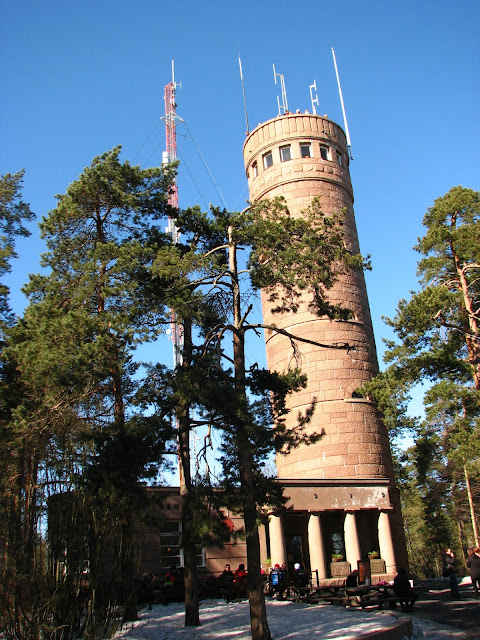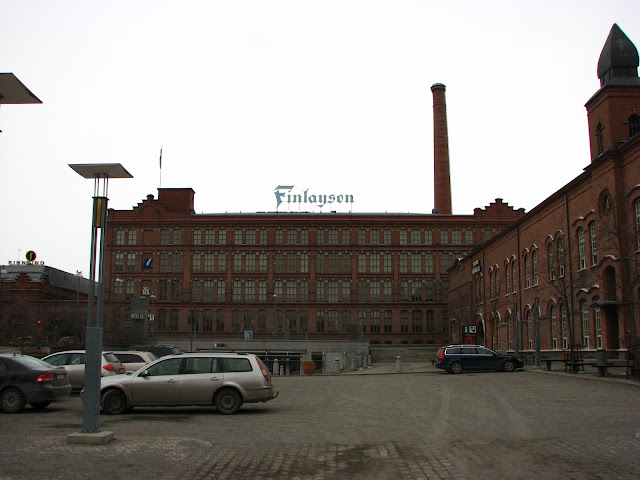Game theory is a pretty fascinating subject.
Even though I had spent almost three years in MBA classes, I somehow managed to
evade it with one or the other interesting alternatives cropping up in the form
of electives. Recently I picked up a book “The art of strategy” which was lying
around in my brother’s book shelf. Based on game theory, it threw some pretty
good insights about how the theory can be seen in the practical world.
For starters, consider a situation wherein
there are two sailors competing with each other in a race. Since sailing
involves several strategic decisions that needs to be taken, what is the best
way to succeed? The answer depends on whether you are leading the other person
or trailing. If you are leading, then you have to just copy the strategies that
the trailing person is employing, because no matter what, if those strategies
speeds up his boat, then your boat would also speed up by the same amount or in
case the strategy completely flops then also you are ahead of him and you are
bound to win the race anyway. This effectively kills the strategy of the trailing
guy. So taking lead in such a situation becomes very critical. This strategy would
not work if there are multiple players in the game though. Some traces of this
strategy can be seen in our telecom domain as well. Samsung and Apple are in a
neck to neck race with the former slightly ahead, but they are always looking
back towards Apple for guidance, be it in curved phones or smart watches.
Companies like Nokia and Sony are right now far down in the horizon, so even a
41 MP sensor or a complete water proof phone doesn’t muster any notice by the
leader.
Traffic is technically a collection of humans
sitting in tin boxes called cars doing nothing much till the car in front moves.
But in India it takes a completely different meaning, It stands for huge mass
of completely disconnected individuals doing their own things in a larger
setup. How many times have we faced the frustration of standing orderly in a
traffic jam and a slick cab driver would come in the wrong side and nuzzle into
the traffic at the front. Our frustration level increases crazily. The cab
driver reaps a significant savings in time whereas all the other drivers in the
traffic would suffer a minor time cut. If the drivers breaking the law increases,
then the incentive for the obedient drivers to break the law also increases, so
much so that going in the proper lane would generate more reward than breaking
it, but this equilibrium is not a good one to have. The vehicles coming in the
opposite direction would also suffer at the hands of these law breakers. What
is the best way to curb this practice? Imposing severe fines or probably
penalizing them on time is the best way, the level of these fines should be so
heavy that more than 99.9% of the drivers should conform to the rules. Even if
you get caught once, it should be enough to make you think ten times before
breaking the rule again. The same thought can be applied to shortcuts as well. Shortcuts
saves time, even though in terms of distance it will usually be a little
longer. There will be an optimum capacity for this shortcut beyond which the
incentive to take it would decrease rapidly. How to preserve the sanity of the
shortcuts? Once you discover one, keep it to yourself. In similar ways, if you have an expressway
along with a alternate toll free route, it is important to price the toll for
the expressway such that the traffic doesn't go beyond a point. The optimum
equilibrium needs to be critically analysed.
Another interesting concept is that of mixed
strategy. Here you let chance to make a decision rather than actually thinking through
an outcome. Consider the case of a football player trying to take a goal kick, assuming
he can kick the ball to the right, or to the left. How should you choose among
these two options? If there are different payoffs associated with each of the
options, then choosing the correct proportion in terms of chance is important.
It would not be just feasible to select either right or left based on chance
(coin flip). An optimal randomization would be needed based on the
payoffs. Say if the striker can hit the
net 58% of the time when going for the right and 85% of the time when he hits
left then a 50: 50 chance will give a payoff of 71.5 (average of the two). The
above score is for situation when the goal keeper has dived to, say his left
side. Now if the payoff for the striker is 70% for the right side kick and 55%
for the left side kick when the goalie has dived to his right, then the strikers
combined payoff will be 62.5%. We can clearly see that with 50:50 chance the strikers
combined payoff can be kept to 62.5% by the goalie by diving to the right
always. So the optimal mixture where the striker maximizes his payoff would be
the percentages where the left and the right payoff are the same for him and
the goalie remains indifferent to both directions. Thus optimal mixture turns
out to be 72:28 for the striker to choose between right and left.
Taking a revolver with one bullet and rotating
it randomly before the hero and the villain alternately put it on their head
and pull the trigger is often seen in our Hindi films. This act has a name in
game theory, it is called as brinkmanship. Brinkmanship exploits the increasing
tension with each act in the game. The probability of failure goes on increasing
with each small step the opposing parties take. Thus in a way both the players
are on a slippery slope, the person who blinks first will lose everything that
he is playing the game for.
Finally one of the most effective strategies
that one can use practically is what I would call “cut the oxygen strategy”.
Facing a difficult challenge such as reducing weight, a person would come up
with umpteen excuses to eat what he/she likes.
But if you make the alternate route of not reducing weight very painful
such as paying a terribly huge fine to a friend if the set target is not met is
pretty effective. It will push the lazy self towards action. So if want to be
an entrepreneur, before thinking of what to do just resign from your job, go
down to the street and start off, your probability of success is the highest
this way.
.gif)














